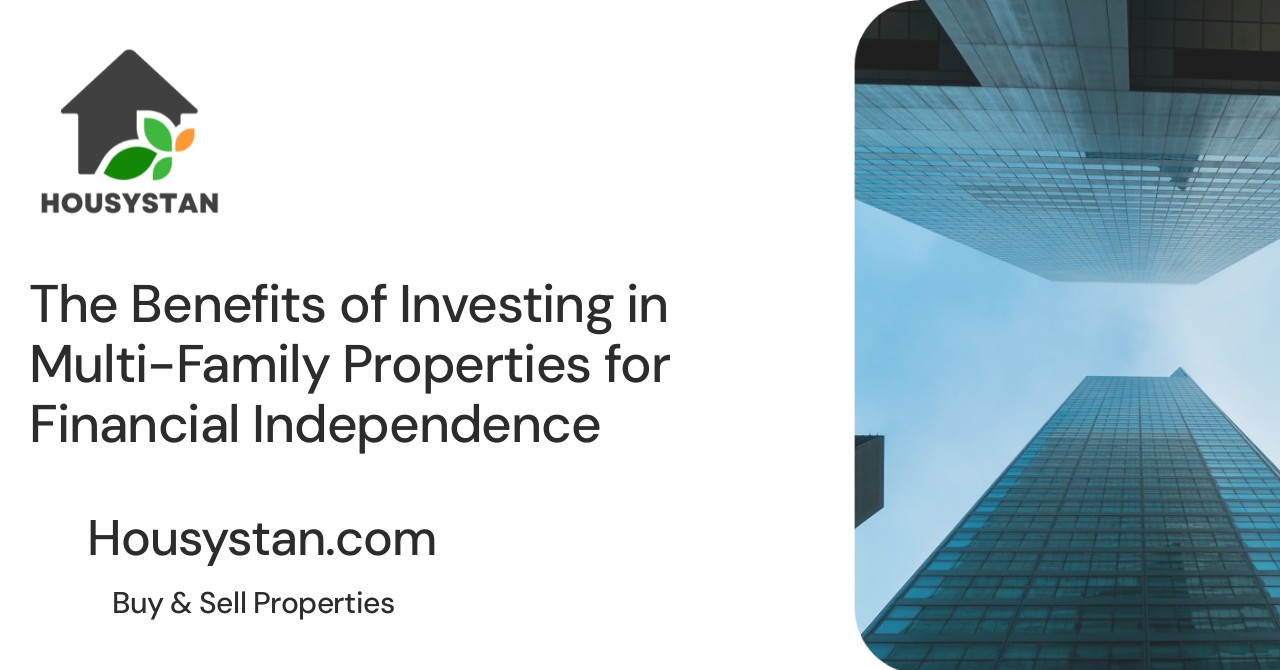The Benefits of Investing in Multi-Family Properties for Financial Independence
Read latest blogs and articles from Housystan

The Information mentioned here was last updated on:
11/12/2025Investing in multi-family properties offers a reliable path toward financial independence, especially in today’s dynamic real estate markets. Whether you are based in bustling cities like New York, Dallas, Los Angeles, or growing regions such as Austin, Charlotte, and Orlando, multi-family real estate stands out as a strategic choice for both novice and seasoned investors. This asset class not only delivers steady cash flow but also enables long-term wealth accumulation and portfolio diversification, making it highly attractive for individuals hoping to achieve lasting financial security.
One of the most significant advantages of acquiring multi-family residences is the consistent rental income. Unlike single-family homes, these properties contain several units, ensuring that even if one unit is vacant, the remaining units continue generating revenue. This steady cash flow helps cover mortgage payments, operational expenses, and often yields surplus income. In areas with strong population growth and increasing demand for rental units, such as Atlanta, Denver, or Miami, vacancy rates tend to be low, further enhancing income stability.
Another compelling benefit is the opportunity for appreciation. Multi-family buildings in thriving metropolitan regions often experience value increases over time due to urban development, infrastructure improvements, and rising demand for rental housing. By investing in areas known for job growth and economic expansion, like Seattle, Houston, or Raleigh, investors position themselves to benefit from both rental income and property appreciation, maximizing their return on investment.
- Verified Tenants/Buyers
- Unlimited Property Listing
- Zero subscription/charges fee
Tax advantages also make multi-family real estate highly attractive. Owners can leverage deductions for mortgage interest, property management, repairs, and depreciation. These tax incentives can significantly reduce taxable income, enhancing overall profitability. Additionally, multi-family properties are easier to finance and refinance compared to other asset classes, given their lower default rates and consistent revenue streams.
Finally, multi-family investments foster financial resilience. By spreading risk across multiple tenants and units, investors reduce exposure to income loss. This stability remains crucial during economic downturns or regional market fluctuations. Whether you are targeting hot spots like San Diego, Tampa, or Boston, or focusing on emerging suburbs, multi-family real estate delivers a proven route to financial independence and long-term wealth creation.